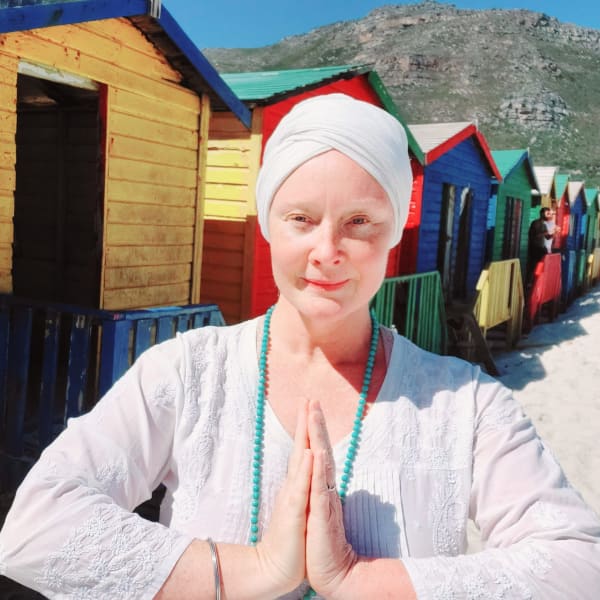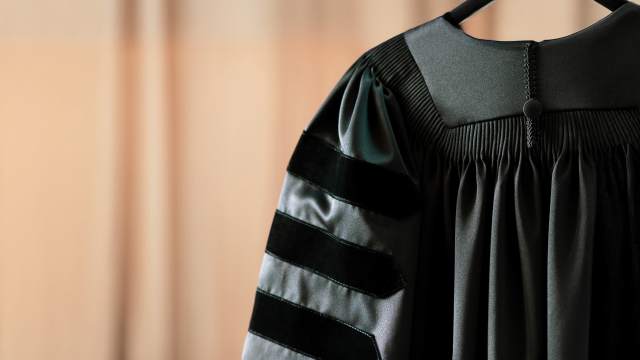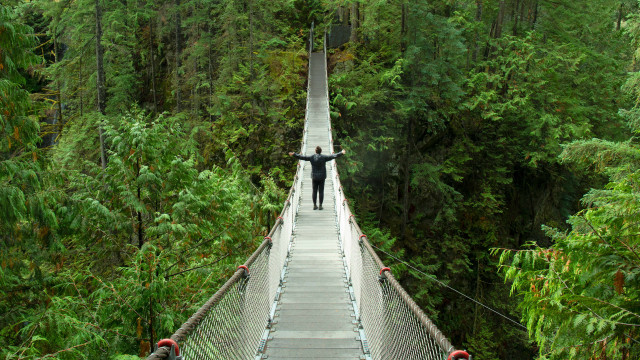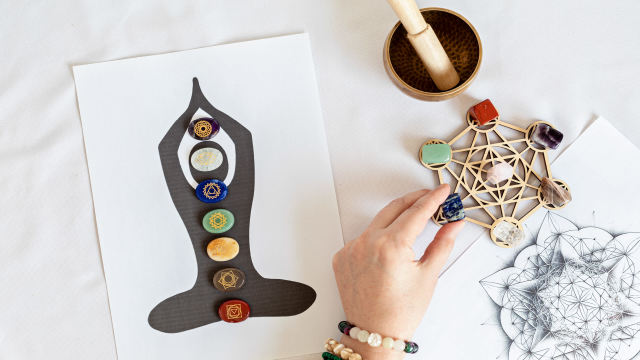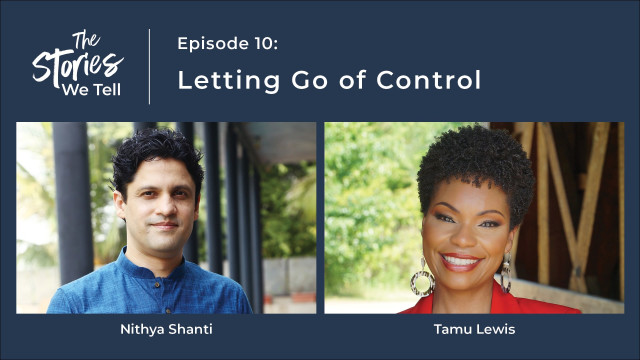When Nothing Makes Sense, Try This

As a young mother, Patwant Rhodes got the devastating news that her partner was HIV-positive. That sent her on a lifelong search for deeper meaning, which eventually led her to Kundalini yoga, a practice that aims to balance and integrate mind, body, and soul.
Here, Rhodes talks about honoring your body, finding your highest potential, and the joys of opting outside.
Q: How did you find your meditation style, and why does it work so well for you?
A: In 1999, I stepped into my first Kundalini yoga class, which felt like coming home to a practice I'd known forever. I started teaching these techniques in 2001. The Kundalini kriyas are incredibly meditative. What is exquisite about this practice is the range of meditations and their effects. You can get acutely specific with what you are working on, and the types of meditations vary vastly from quick pranayama to many hours of chanting mantras. Meditations range from three minutes to two-and-a-half hours. Each time frame triggers an effect on the psyche and physical body.
Q: What are the most significant benefits you've received from meditating?
A: Meditation has gifted me with the capacity to navigate all the unknown terrain that life offers with a sense of purpose, strength, humility, humor, and awareness. When we experience inner expansion, we open to the healing energy available to us in each moment and experience. We open to our lives as they are and our highest potential. We connect with our essence, purpose, and souls. We are so much more than these amazing human bodies we occupy. Our human bodies are our temples of experience, and meditation broadens our perspective on every level and in every way.
Q: What's your top tip for a beginner meditator?
A: Be gentle with yourself. Often we hold the illusion that meditation should be a blissful experience. Yes, of course, it can be, but essentially it is like cleaning a house — it can often be tedious, frustrating, and uncomfortable. Do not be discouraged by this. We are effectively cleaning and clearing our internal houses, the subconscious mind. The more we can sit with and in what is, the more naturally we allow space for subtle shift, expansion, and transformation. Stay with it, allow the discomfort, and reap the rewards of incorporating time every day for meditation. It is an essential practice for processing and integrating the entire spectrum of experiences we have.
Q: What are your favorite topics to focus on in your classes?
A: With Kundalini yoga, we are spoiled for choice! There are literally hundreds of kriyas to choose from, each with a specific focus and outcome, so it is helpful to have an idea of what you want to shift, work through, or on.
I love that you can quickly shift your energy and state of being through this practice. This is a tangible experience. I find that every class holds its energy and benefits; no session is ever wasted.
Half of the practice is just getting yourself onto your mat. Once you are there, that is already a phenomenal gift to yourself.
Q: Other than meditation, what daily tools do you use to feel your best?
A: I find that it is important to listen to and honor your body and being, and as best you can, give yourself what you know you need. This will fluctuate and evolve as you grow. I have followed a vegetarian diet since I was 21, so diet and supplementation are essential to me. I strive for balance and optimal health.
I practice Kundalini yoga; some of these kriyas can be super physical and challenging, others divinely meditative and deep with lots of conscious breathwork. Being in nature is incredibly important to me; soaking up prana from the elements is healing and invigorating. I love mountain hikes and swimming in the ocean. I also love practicing yoga and meditation outdoors. Heavenly!
As you learn to build your own practice, try this free class Quick Meditation for Inner Peace, by meditation teacher Jay Vidyarthi, to better familiarize yourself with your meditation needs.
Header photo: Wavebreakmedia/iStock/Getty Images Plus
